 The UK Government’s Intellectual Property Office has published a new edition of its Online Copyright Infringement Tracker study.
The UK Government’s Intellectual Property Office has published a new edition of its Online Copyright Infringement Tracker study.
The annual survey aims to understand the piracy habits of citizens aged 12 and above. This is the 12th wave of the report and relates to consumption during 2022. The overarching trend is one of overall piracy rates remaining mostly static for the past six years but the details paint a more interesting bigger picture.
Overall Infringement Rate Up
In common with previous years, the latest study details consumption habits for a wide range of content, including movies, TV shows, music, live sports, video games, software, and ebooks.
Overall infringement rates (respondents who accessed any content illegally) increased from 25% to 32% in 2022. However, the government says the figure should be interpreted with caution due to new methods of access being included each year. Nevertheless, overall infringement does appear to be increasing.
Movie piracy hit an overall infringement rate of 23%, up 4% from its previous high recorded in wave 11 (2021). TV show piracy increased 1% over the previous high recorded back in 2019, but once again the government urges caution.
“The increase in most categories was driven by a greater proportion of individuals using a mix of legal and illegal methods, rather than the purely (i.e. only) illegal group. For most categories the purely illegal group has remained stable and low,” the Intellectual Property Office explains.
When it comes to music streaming, ‘low’ is an overstatement. An incredible 97% of music consumers in the UK relied entirely on legal sources last year, with a negligible 2% using legal and illegal sources and 0% relying exclusively on illegal sources.
Give or take, that’s been the position for the last four years. Spoiling the party a little are the 9.2 million people estimated to have downloaded at least one track illegally in 2022.
Figures for movie streaming reveal that 83% used only legal sources, 15% relied on a mix, and just 3% pirated everything they watched. Overall, these rates represent a couple of percentage points change in favor of piracy over the figures reported last year.
For TV show streaming, the rates are 86%, 12%, and 2% respectively, with legal-only down three points, mixed legal/illegal up three, and illegal-only consumption static. The picture in 2022 is broadly in line with data published in 2019.
Overall Rates of Infringement
Overall infringement rates in the report should be viewed in context. Digital magazines, for example, have an infringement rate of 41%, meaning that four out of ten people who consume that type of content did so from an illegal source at least once in the previous three months.
With an infringement rate of 38% overall, software piracy is much higher than music (25%), movies (24%), and TV shows (19%), but far more people consume content from the latter three categories. In the case of TV shows, a 19% infringement rate equates to 9% of the entire sample, a total of 6.2 million infringers overall.
The figures for those who consume music, movies, and TV shows completely legally, mixed, or entirely illegally, have now returned to pre-COVID levels. The same is true for live sports streamers, albeit with a key difference.
While the music and movie industries still oppose piracy, overt anti-piracy messaging from these sectors has been relatively low-key for the past few years. In the live sports sector, campaigns led by the Federation Against Copyright Theft and UK police, on behalf of the Premier League, Sky, and BT Sports, have been relentless.
According to government figures, continuous anti-piracy campaigning by the live sports sector has produced figures that are no better than those achieved by the movie and music sectors with minimal messaging.
The report suggests that attitudes towards anti-piracy campaigns have changed. Where “authoritative” tones and threats of disconnection were previously seen as effective, many participants now call for an ‘understanding’ tone and for campaigns from the industry to “feel cooperative and working with, not punishing, the consumer.”
Illegal Streaming of Live Sports
In 2020, overall infringement rates among consumers of live sports sat at 37%. In 2021, the overall rate dropped to 29%, with 71% using only legal sources, 18% using a mix, and exclusively illegal content consumers at 12%.
In the most recent wave covering 2022, overall infringement of live sports reached 36%, roughly on par with 2020 levels. In 2022, that equates to 3.9 million people streaming at least some sports content illegally.
The way people consumed live sports streams is also going in the wrong direction. Those consuming content entirely from legal sources dropped from 71% in 2021 to 64% in 2022. Consumers of a legal/illegal mix increased by three points to 21%. Consumers of strictly illegal content increased to 15% versus the 12% reported a year earlier.
Whether these figures will deteriorate further during 2022 remains to be seen, but price rises recently announced by UK subscription broadcasters seem unlikely to help. That’s also the case in respect of other persistent problems in the video sector.
The UK Loves Entertainment But Can’t Always Afford It
Unsurprisingly, the study found that entertainment is valued by the UK, particularly so during the extraordinary circumstances of recent years.
“Previous waves during the pandemic had shown how entertainment could serve almost as a companion during times of lockdown where some felt isolated. Now, entertainment was said to help many by distracting them from uncertainty around money and anxiety around going back into a world without social restrictions for some,” the report reads.
“However, the rise in the cost of living experienced across the UK meant that while participants wanted to keep consuming all their entertainment at the same rate they had been, some were thinking about canceling some of their subscriptions to save money.”
Cutting Back: Value for Money or Nothing
Despite people feeling the pinch in the UK and beyond, streaming music services seem to have hit the sweet spot on price, quality, and service. For roughly £2.50 per week, almost all music is available in unlimited quantities and for everything else, YouTube will suffice.
With piracy rates close to zero, the music industry has shown that it’s possible to compete with free and make a profit at the same time. Movies, TV shows and live sports have other problems to solve but in the meantime, these are the key content areas most likely to face issues.
“[W]here content was split across multiple platforms,” the report notes, “some felt they could not justify paying for more than one or two.”
UK football fans are well aware that subscribing to three platforms doesn’t get them everything they want to watch, so that doesn’t sound particularly encouraging. Losing fans to other activities sounds like an even worse proposition.
Other than canceling Sky subscriptions, alternatives cited by respondents include gardening, watching more content on Netflix and BBC iPlayer, and playing video games. At least one respondent spoke about re-reading old books and the possibility of getting rid of them altogether.
“Recovering from the Covid pandemic and all the price rises has been really hard. I definitely don’t buy as many books and am looking for free reads more often. I’ve just got all my novels out of storage to read to save a bit of money and might have to start selling them off,” one participant said.
VPN Use in the UK
With privacy concerns on the increase and site-blocking rampant in the UK, internet users of all kinds are turning to VPNs (Virtual Private Networks). The study found that across all categories, respondents who used a VPN specifically for obtaining entertainment content were more likely to have infringed compared to those who used a VPN for activity other than entertainment content consumption.
“For most categories, differences between those who used a VPN for entertainment content and those who did not were large (10%+) for most categories, levels of infringement were similar for those who used a VPN but not for entertainment content and those who did not use a VPN at all,” the report notes.
The 12th wave of the UK’s Online Copyright Infringement Tracker can be found
here
From:
TF
, for the latest news on copyright battles, piracy and more.
chevron_right
 Piracy is by no means exclusive to any particular generation but among the general public, it’s often associated with younger people.
Piracy is by no means exclusive to any particular generation but among the general public, it’s often associated with younger people.
 In recent years, website blocking has become one of the most widely-used anti-piracy enforcement mechanisms in the world.
In recent years, website blocking has become one of the most widely-used anti-piracy enforcement mechanisms in the world.
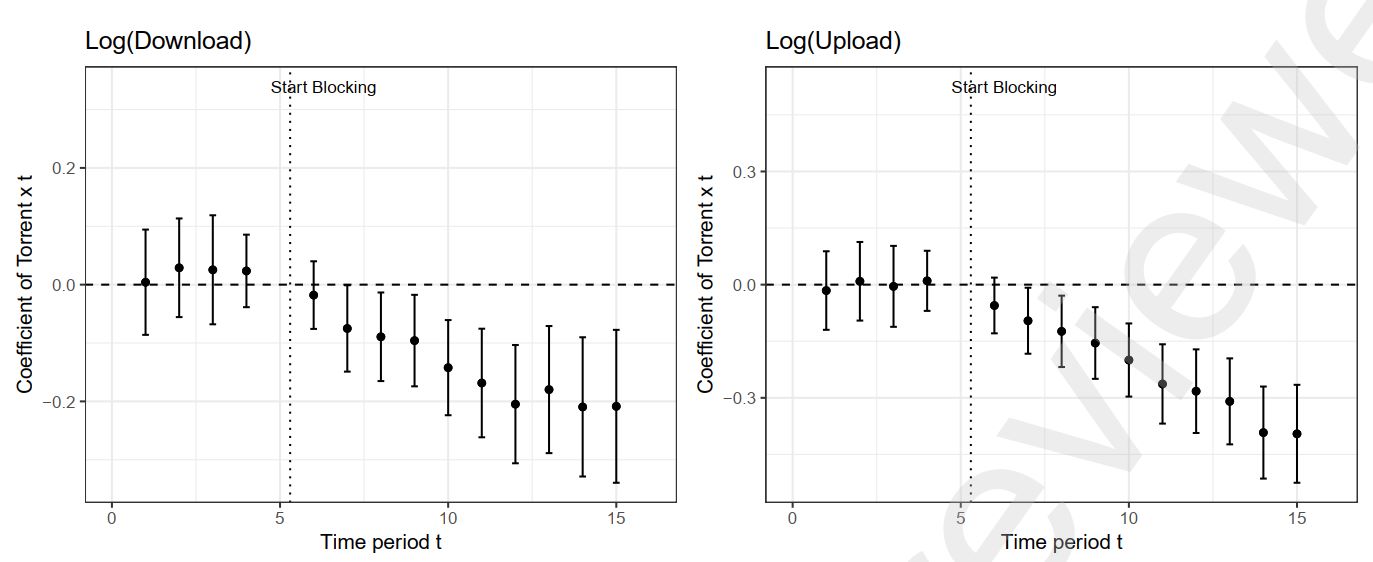

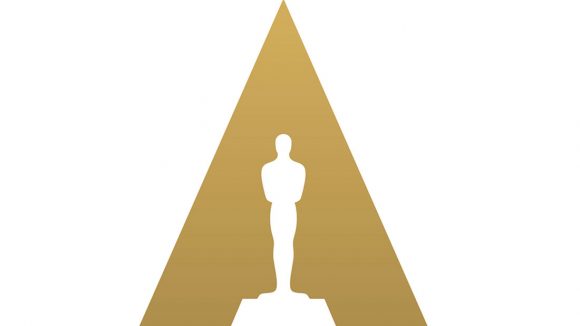


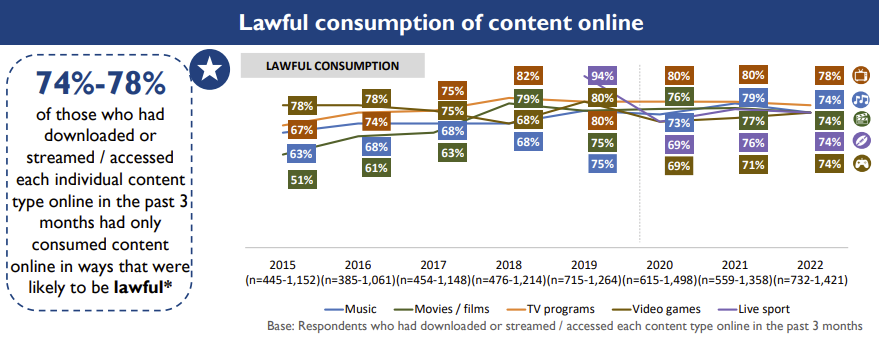
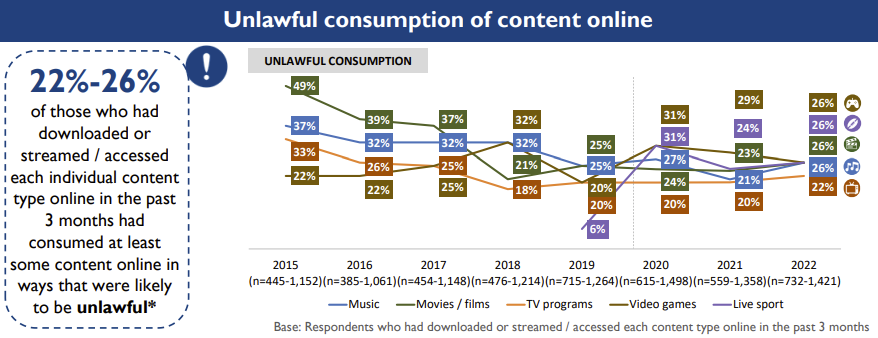





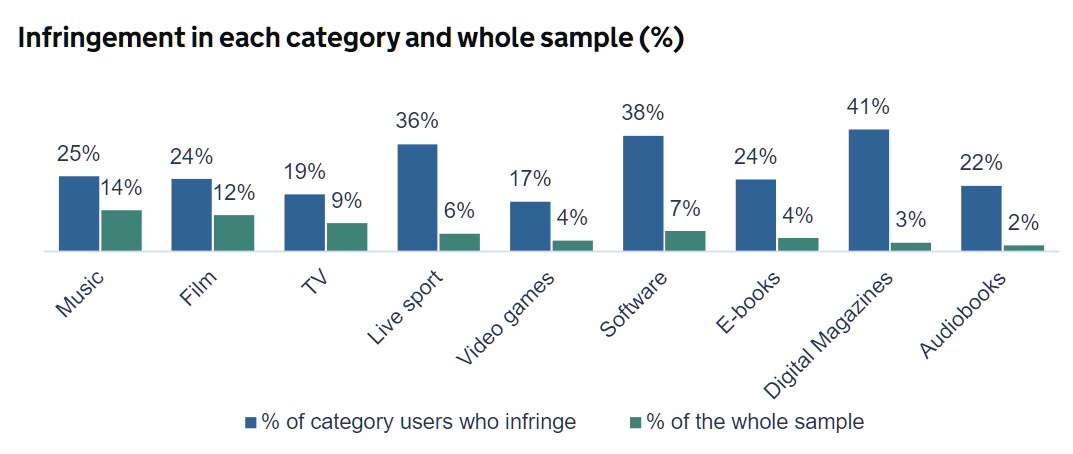
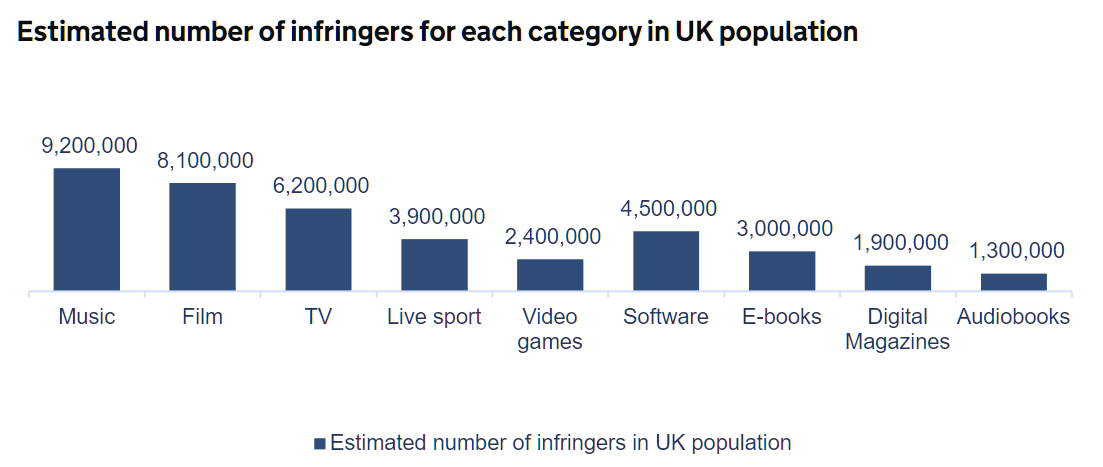
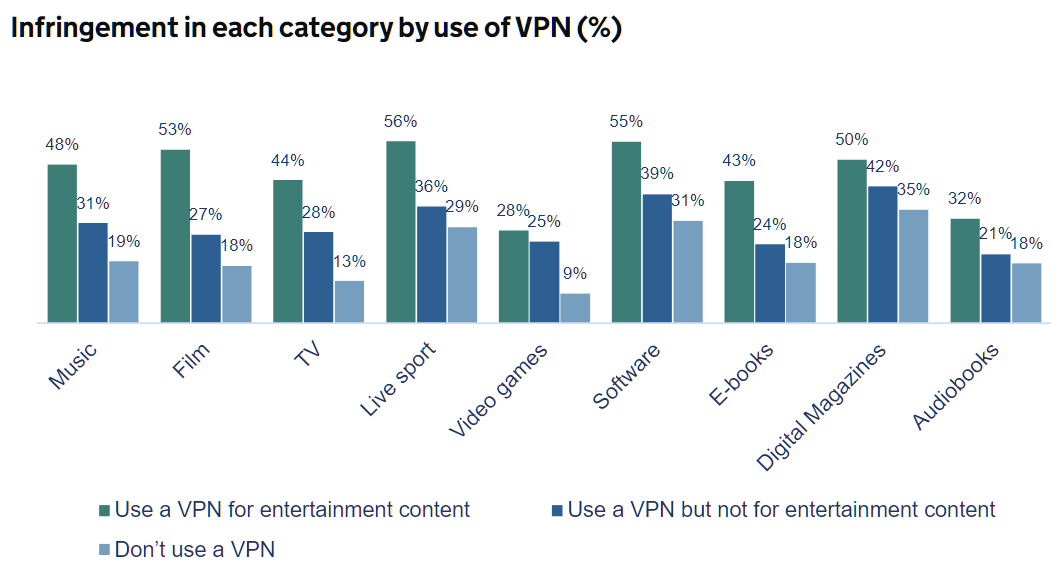
 By offering free access to millions of ‘paywalled’ research papers,
By offering free access to millions of ‘paywalled’ research papers,
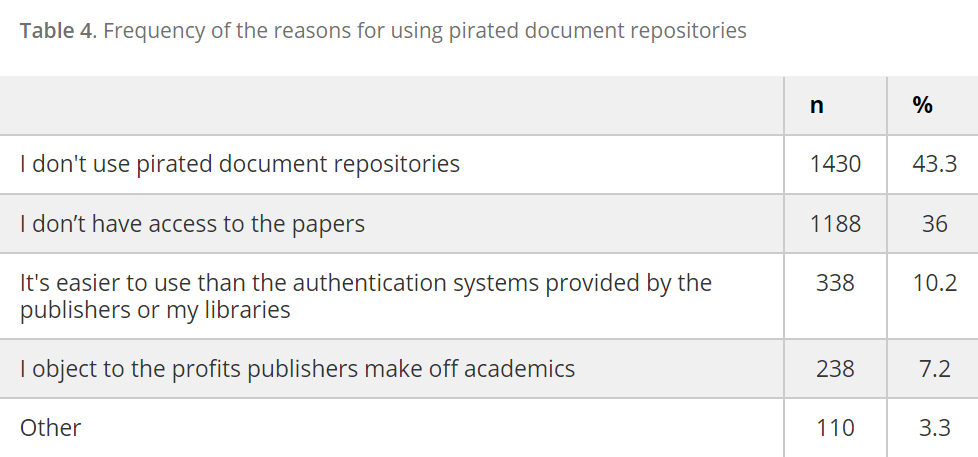
 In recent years, many people have canceled their expensive cable subscriptions, opting to use cheaper Internet TV instead.
In recent years, many people have canceled their expensive cable subscriptions, opting to use cheaper Internet TV instead.
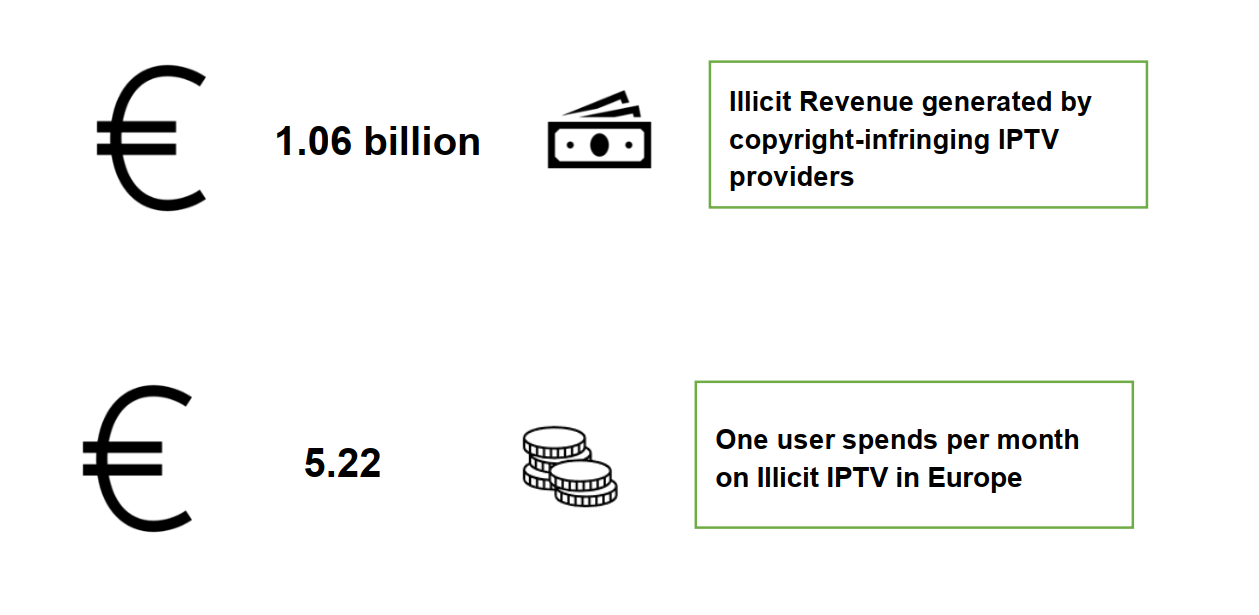


 There is little doubt that video and music streaming services have taken the Internet by storm over the past decade.
There is little doubt that video and music streaming services have taken the Internet by storm over the past decade.

 Over the past decades, the entertainment industries have tried out numerous anti-piracy messages.
Over the past decades, the entertainment industries have tried out numerous anti-piracy messages.

